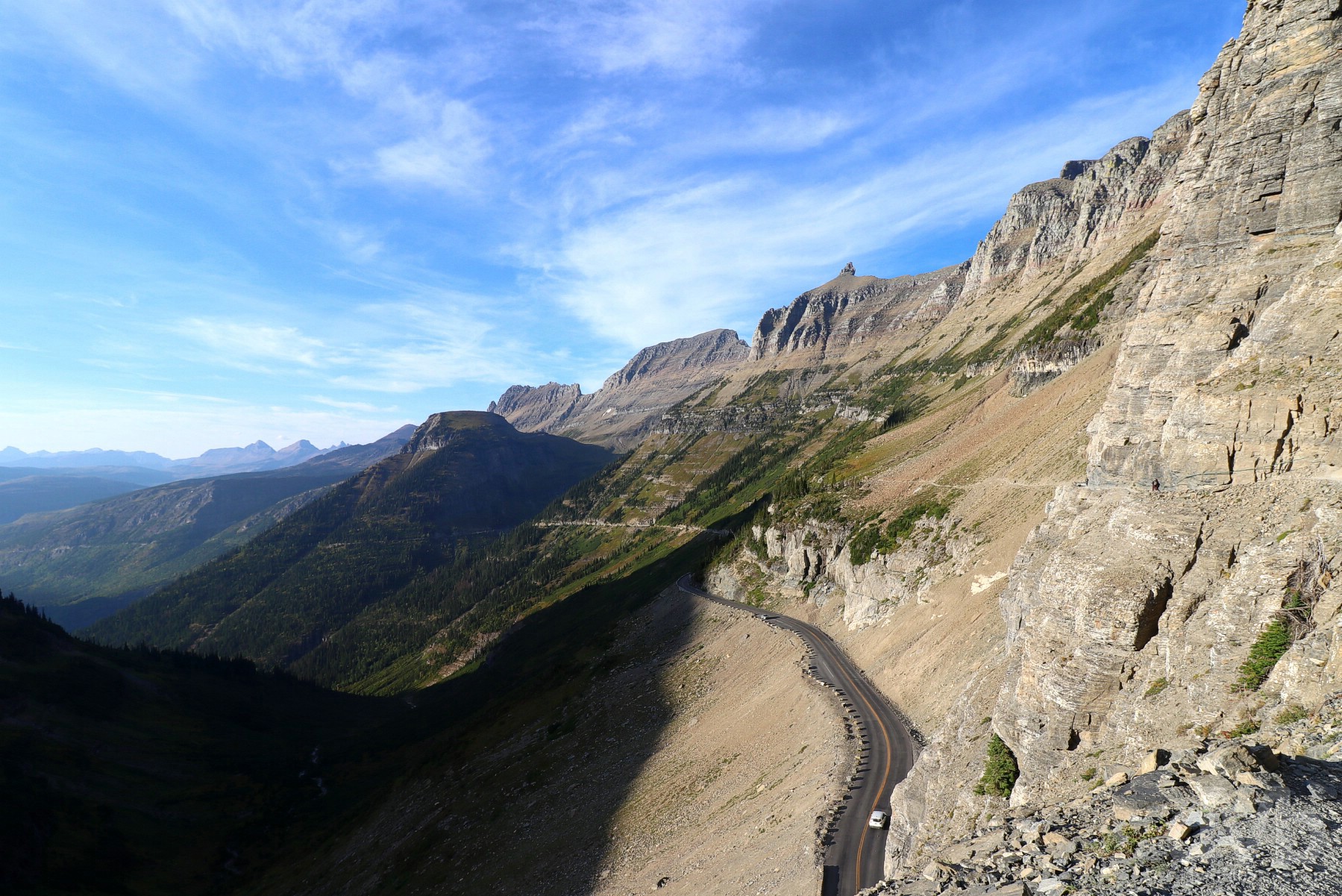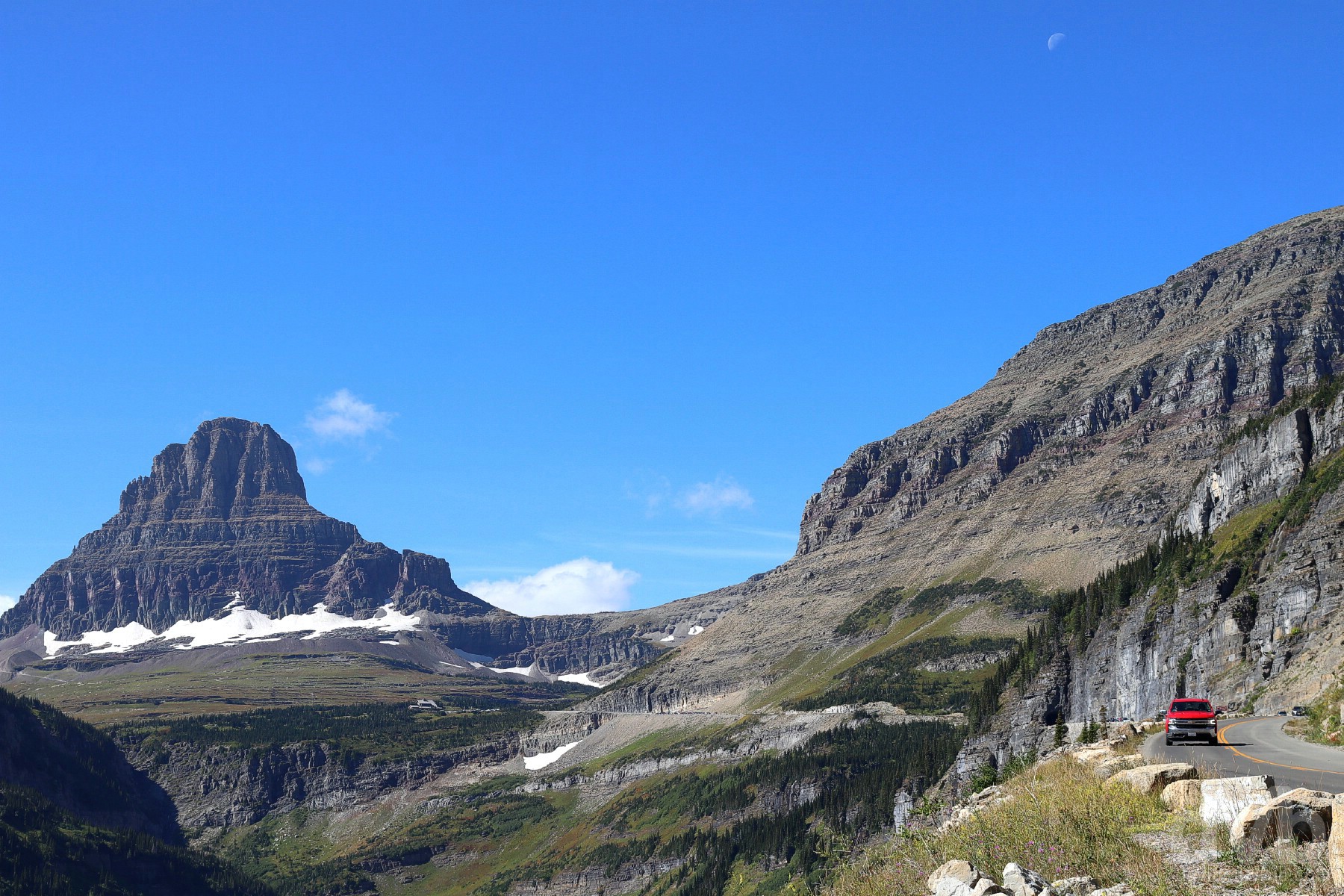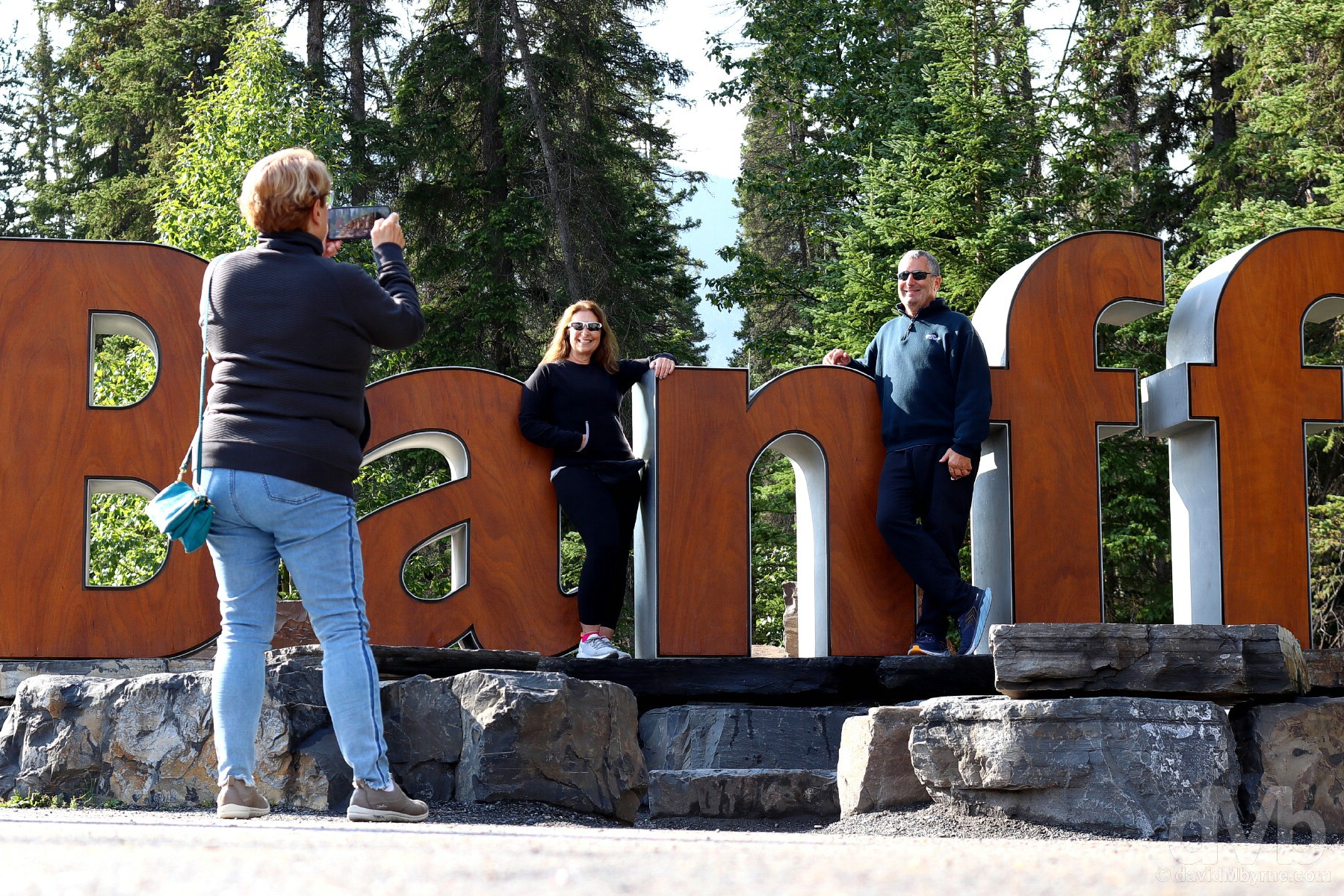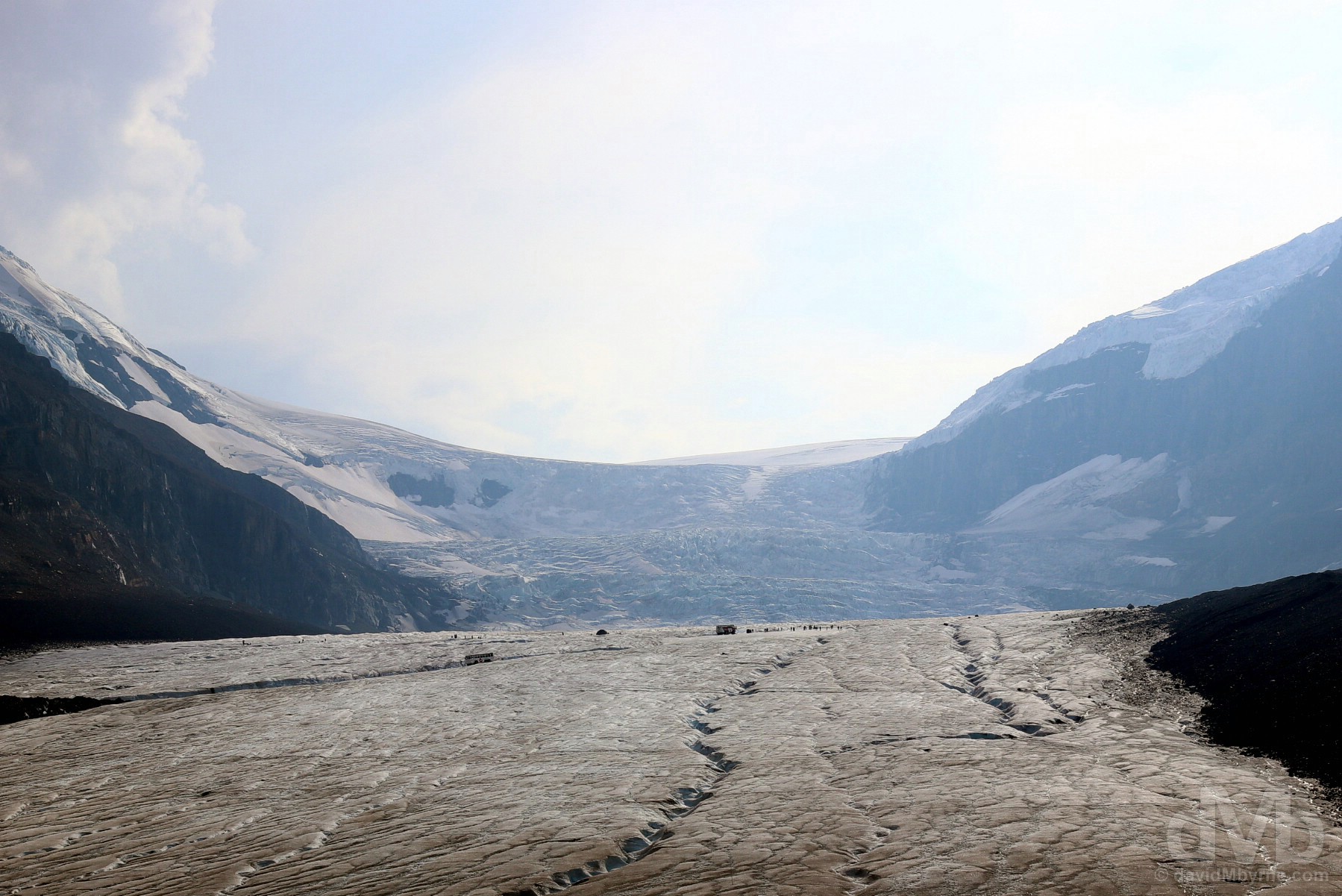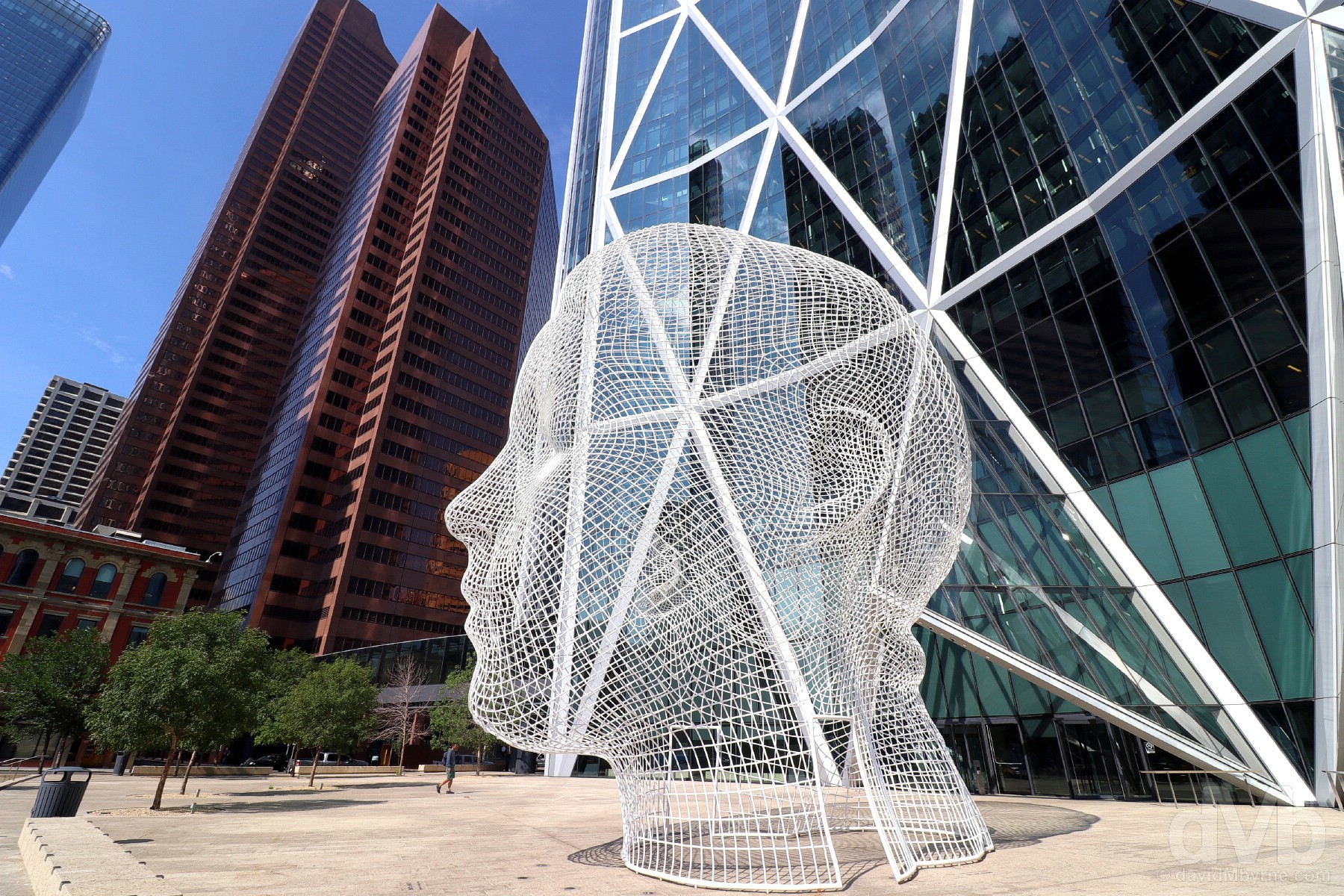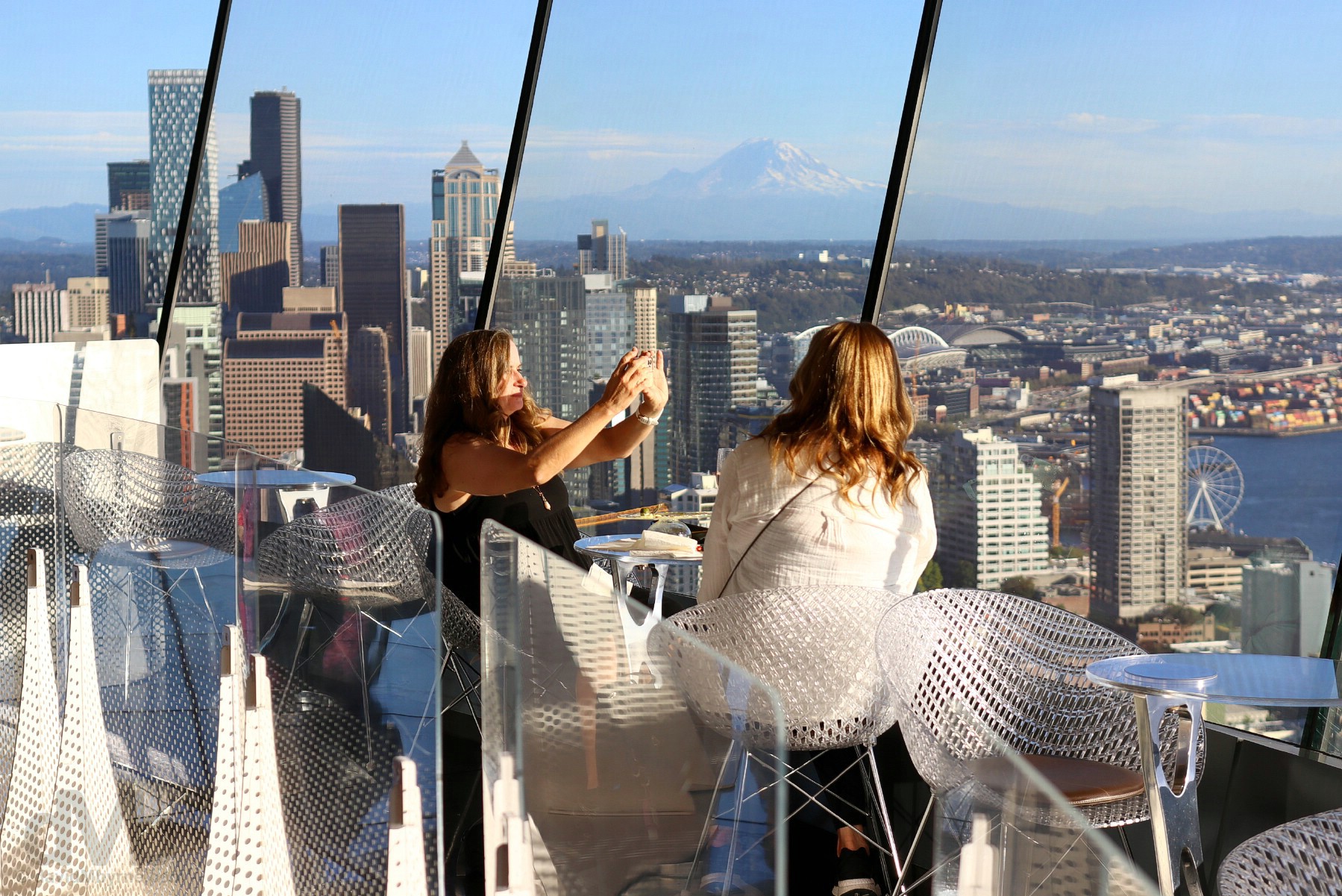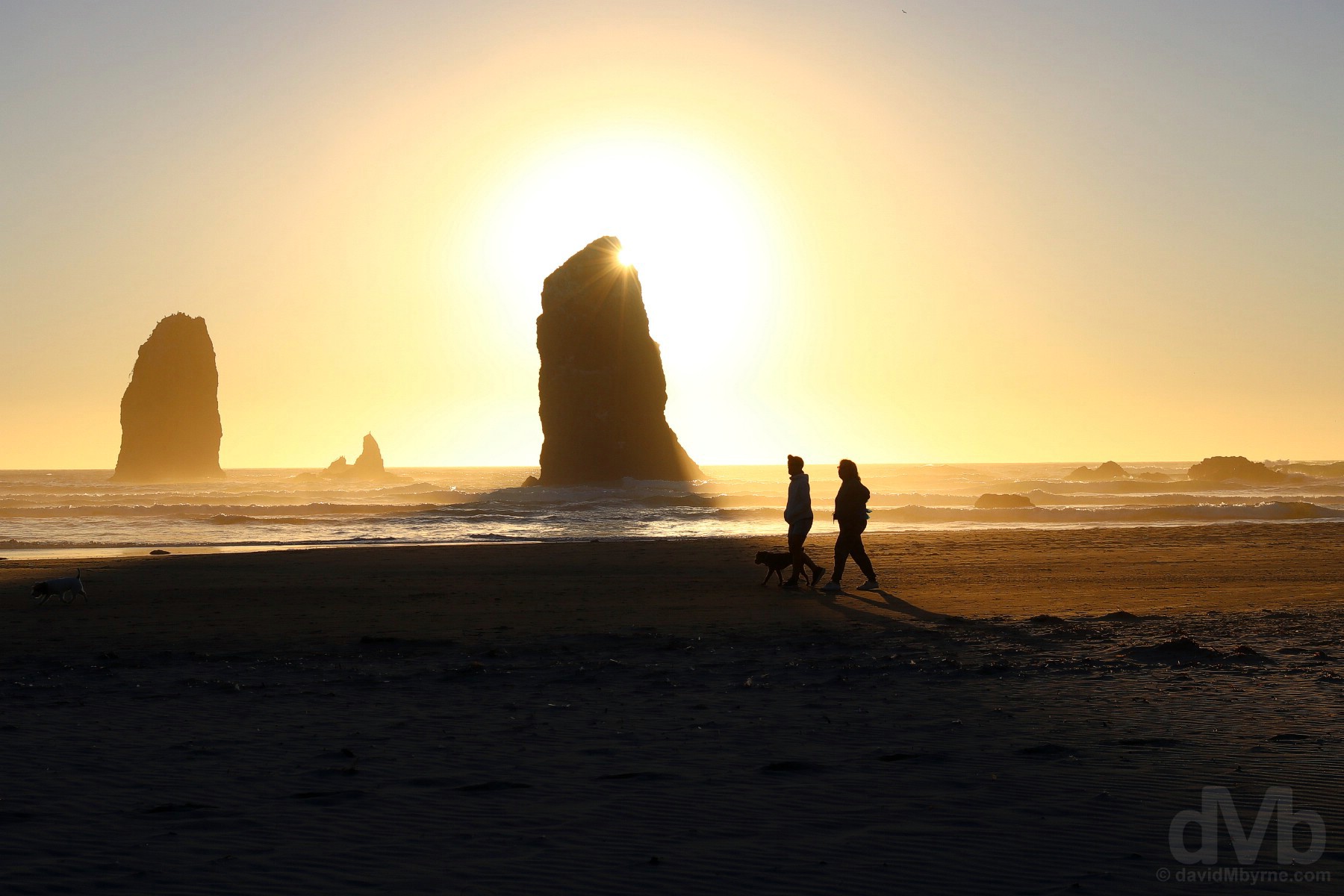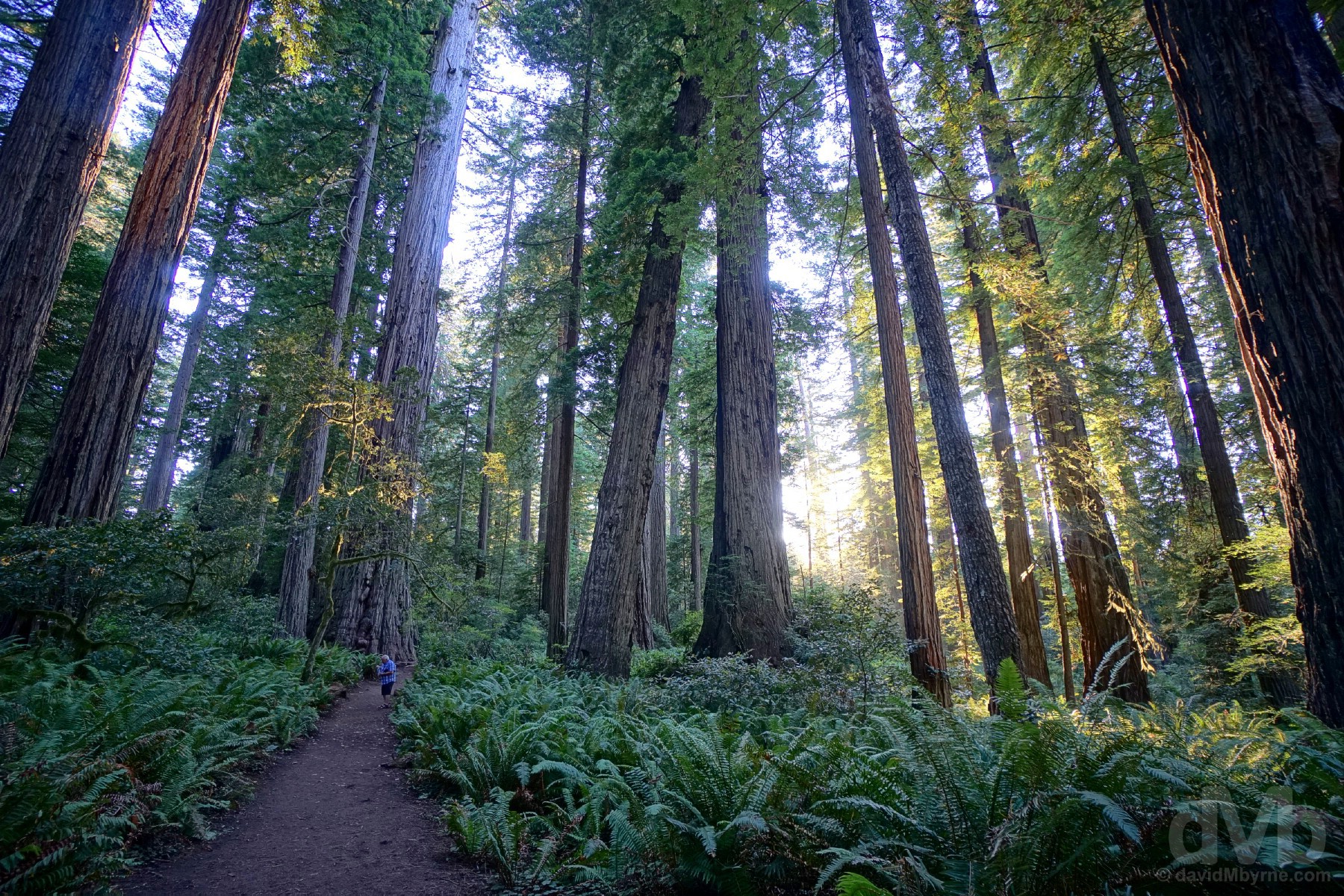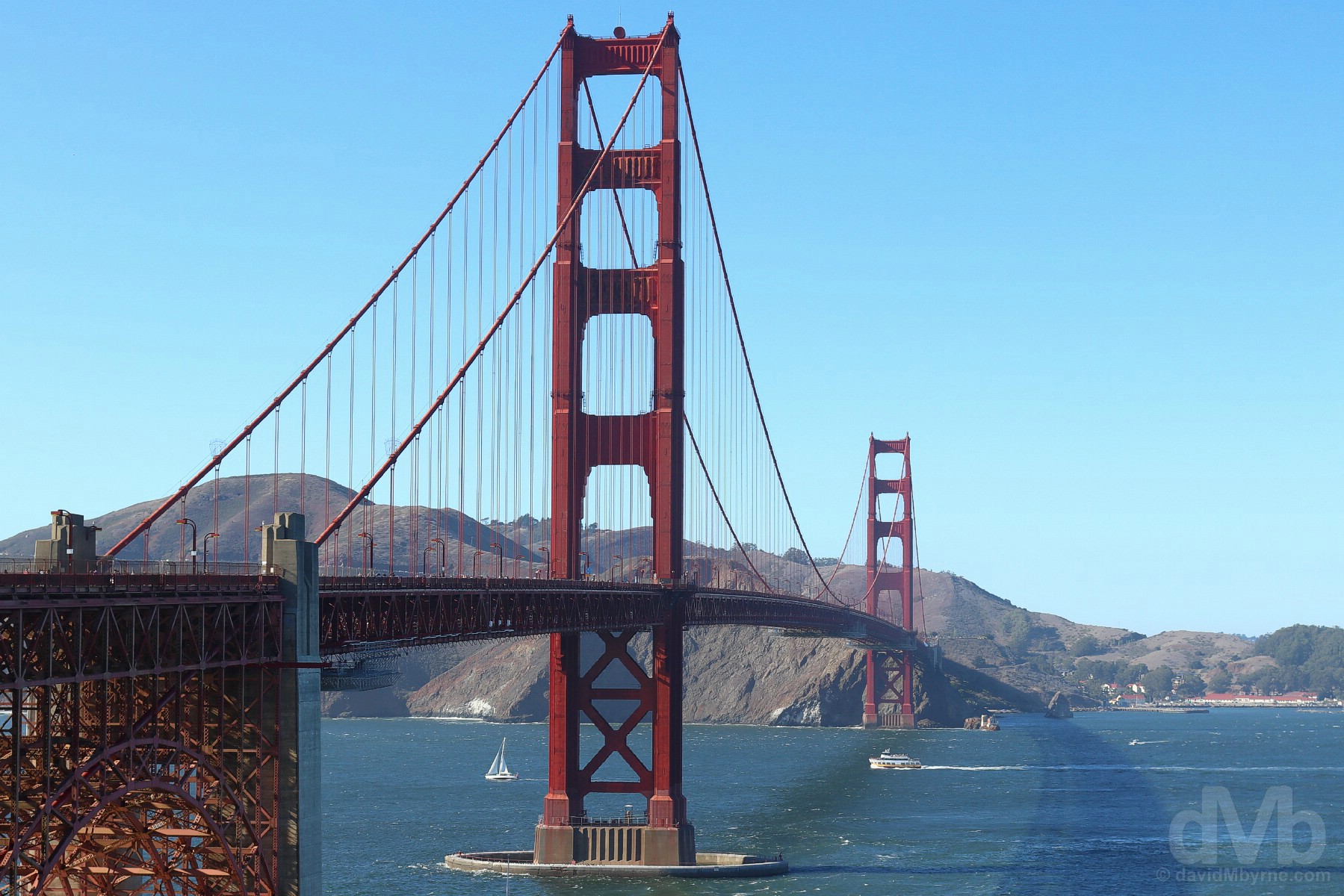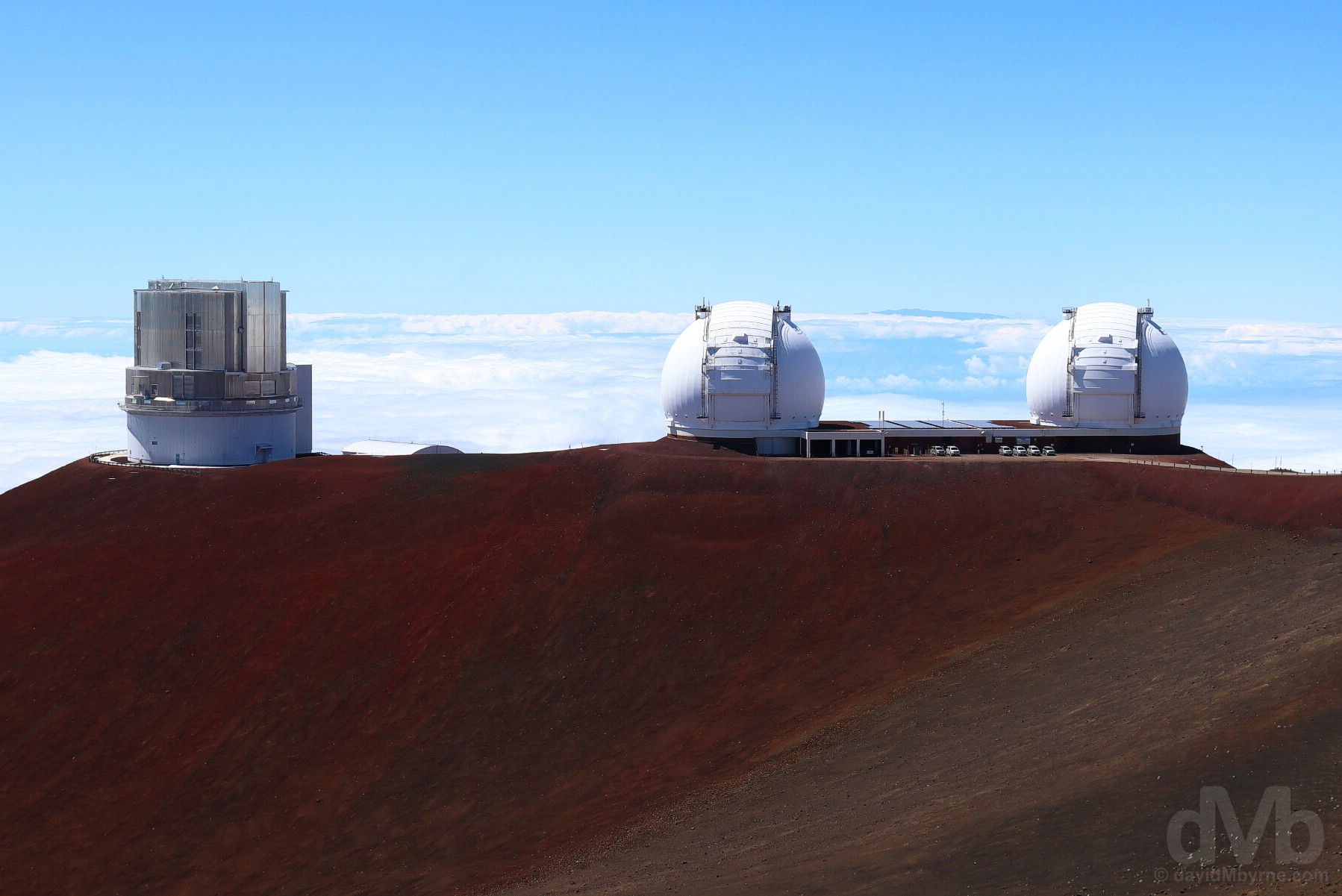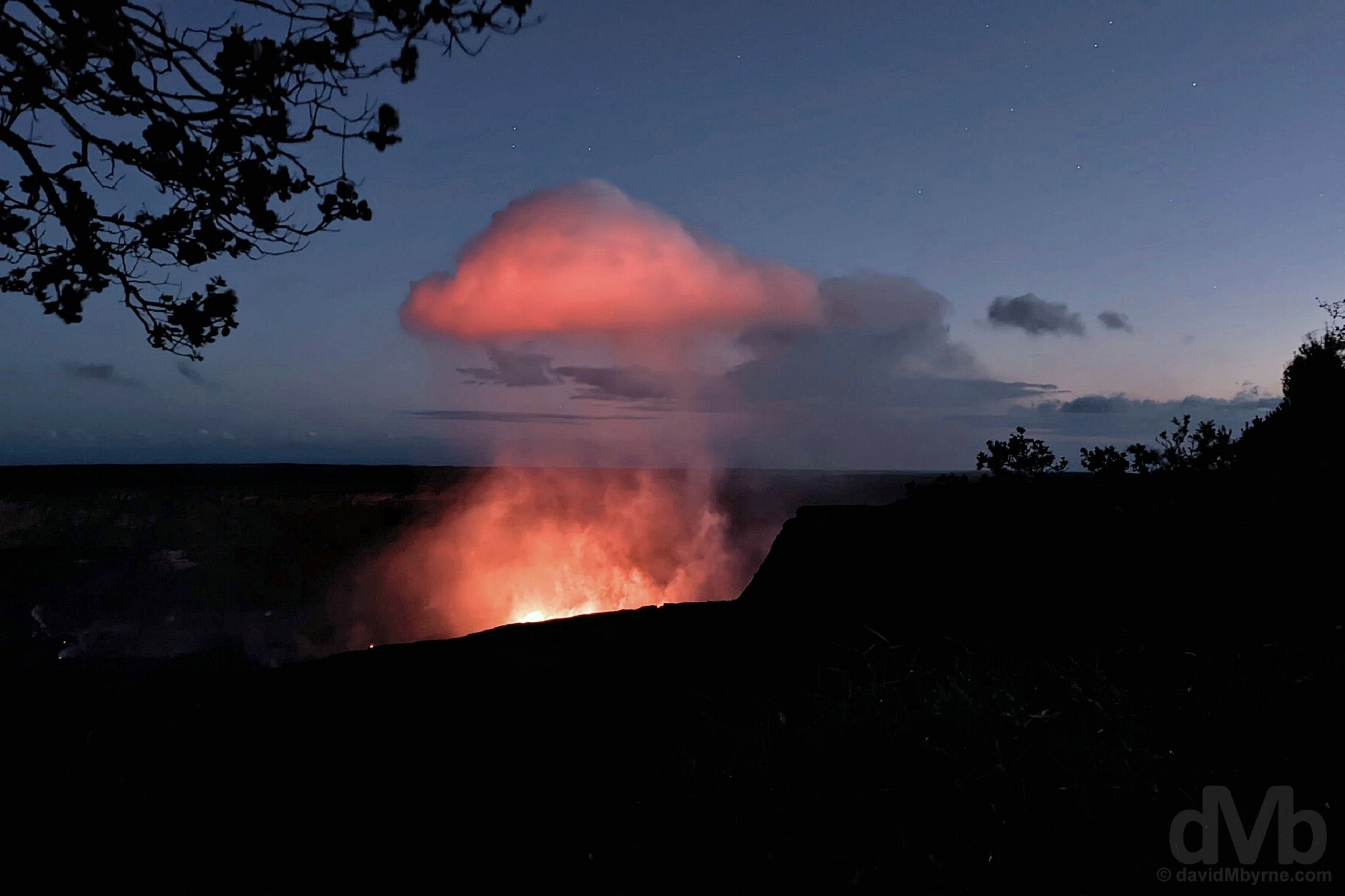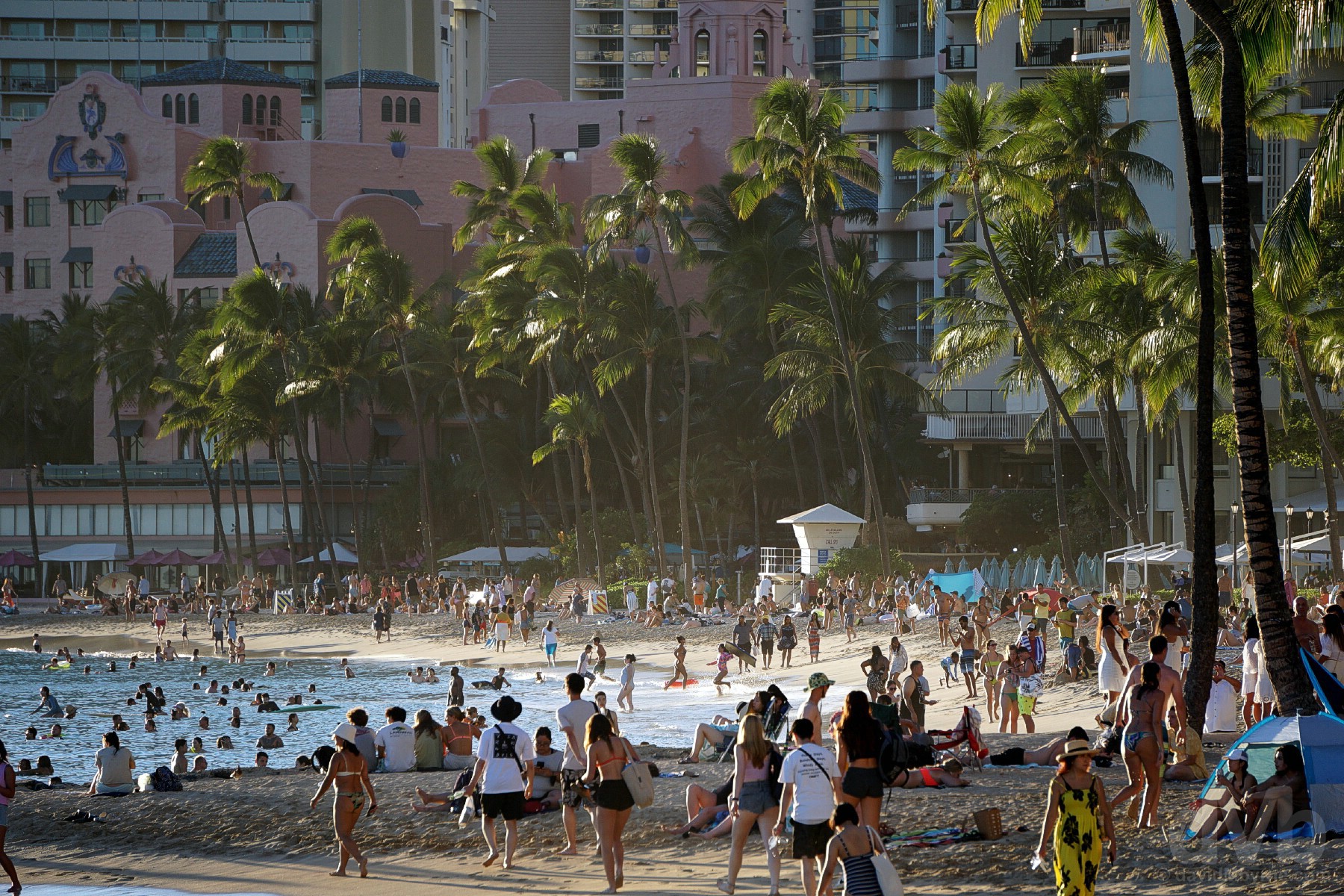davidMbyrne.com
Worldwide Destination Photography & Insights
Uniquely showcasing the beauty of the world since 2002
Images From ...
Countries on all ...
Continents.
Travel in 2024
Greece (May); Europe Road Trip (July); USA (September); Dubai (December)
Recent Trips
2023 | Portugal; Iceland; USA; Czech Republic (Prague); NYC
2022 | Europe Road Trip; Hawaii; US/Canada Road Trip; Maldives
2021 | Portugal & the Azores; Iceland
2020 / 2019 | Lockdown
Latest Blog | Hawaii & US/Canada Road Trip 2022
Date | September 17, 2022
Location | East Glacier Park, MT (GMT -7)
Road Trip Day 15
Glacier National Park in remote northern Montana (part of the park spills over the border with Canada) was the primary focus of this third extended North American jaunt. Dare I say that everything else, including a week in Hawaii, was, in effect, superfluous.
The Going-to-the-Sun Road and Highline Trail (right) cut into the Garden Wall ridge overlooking the mammoth U-shapped valley beyond the Logan Pass straddling the Continental Divide in UNESCO-listed Glacier National Park, Montana. September 17, 2022.
Clements Mountain (left, 2,670 metres/8,760 feet) towering over Logan Pass straddling the Continental Divide, at 2,025 metres (6,646 feet), the highest point on the Going-to-the-Sun Road of UNESCO-listed Glacier National Park, Montana. September 17, 2022.
Going-to-the-Sun Road
Although Glacier boast dozens of alpine lakes and over 1,200 kilometres (700 miles) of wilderness trails, the undoubted highlight of the park for most is driving the spectacular two-lane, 80-mile-long (50 miles) Going-to-the-Sun Road, an engineering marvel and the only navigable road that traverses the park (we, of course, drove it in both directions). A National Historic Landmark and easily one of North America’s most spectacular drives, the road, which was finished in 1932, was a monumental task to build, a route of narrow winding hairpins hewn through solid rock. Buried by snow up to 25 metres (80 feet) deep for half the year, it takes two to three months to fully plough the road to make it accessible to tourists like us for approximately four-plus months of the year, typically from early June to mid-October. As they say in the US, we thank you for your service.
Hikers (top right) starting out on the Highline Trail high above the Going-to-the-Sun Road in Glacier National Park. Glacier’s Highline Trail is probably the park’s most popular hike, at its longest a scenic 24-mile loop through high, rocky terrain and lush alpine meadows with spectacular views of the park as you go. Not for the faint hearted, those with a fear of heights, or for those who suffer from vertigo, the trail starts at Logan Pass and meanders precariously along an exposed path cut into the park’s mammoth Garden Wall ridge high above the Going-to-the-Sun Road, see here. Glacier National Park, Montana. September 17, 2022.
Date | September 16, 2022
Location | East Glacier Park, MT (GMT -7)
Road Trip Day 14
We’ve spent the last week in Canada (yep, we were in the Commonwealth when the Queen died). We caught up with friends, put the car on two ferries, drove some 1,150 miles (1,900 kilometres), and crossed a time zone. But, and somewhat fustratingly, we’ve spent most of the last week driving through a rather picturesque part of the world while dealing with a somewhat vexing haze.
Traffic traversing the iconic Lions Gate Bridge in a hazy Vancouver, British Columbia, Canada. September 11, 2022.
Wildfires are blighting large swathes of British Columbia right now, from Vancouver Island in the west right through to the east of what is a large province. Vancouver was far from ‘one of the world’s most liveable cities’, as the city itself likes to boast. In fact, when we were in the city it had, officially, the worst air quality in the world (behind Tashkent, Uzbekistan). Now that’s impressive timing on our part. Last time I was in Vancouver it rained the majority of the time; this is, after all, the Pacific northwest, a notoriously wet place. I’d have taken wet this time.
Whistler, a short drive north of Vancouver, is an alpine playground of world renown. It’s nice, but it’s just a tad too fabricated for my liking; being here is like being in a theme park or on a film set (a winter snowbird nirvana it may be, but it’s not winter and we’re no snowbirds). But at least the village of Whistler boasts photogenic Olympic rings in its pretty central Olympic Plaza, a memento of its status as host mountain resort of the 2010 Olympic and Paralympic Winter Games. Village North, Whistler, British Columbia, Canada. September 12, 2022.
The drive from Vancouver through Whistler and on to Kamloops was long. We didn’t see a whole lot (that haze again), just enough to get a sense that was is there is impressive.
It wasn’t until we arrived at the base of Mount Robson, not far from the provincial border with Alberta, late in the evening on day 5 in Canada (road trip day 11) that we had (finally) something worth photographing.
Mount Robson as seen from the Yellowhead Highway (Highway 16), Mount Robson Provincial Park, British Columbia, Canada. September 13, 2022.
There was still some haze, although not much (comparatively), hanging around Mount Robson which, at 3,954 metres, is the highest peak in the Canadian Rockies. We dropped by twice, on the evening of road trip day 11 and early on day 12, en route to the provincial border with Alberta. The peak shone on both occasions.
Banff, Alberta, Canada. Deep pockets needed. September 15, 2022..
Mount Robson isn’t far from Jasper, another alpine hub currently blighted by wildfires and the northern gateway of Alberta’s glorious Icefields Parkway, the primary reason we found ourselves in this part of Canada. We took two days, sandwiched around a night in swish €320-a-night Banff, to take it all in.
Ice walks high on the Athabasca Glacier of the Icefields Parkway in Jasper National Park, Alberta, Canada. September 14, 2022.
From Jasper in the north to Banff in the south, Alberta’s Icefields Parkway is a 268-kilometre-long drive through UNESCO-listed Canadian Rocky Mountain Parks. One of the world’s most picturesque drives through one of the world’s most awe-inspiring mountain destinations, it’s a drive famous for its collection of waterfalls, surreally coloured lakes, and broad glaciers.
Of our two-day Parkway jaunt, day one was all waterfalls and glaciers (the northern half), day two lakes, lakes and yet more lakes (the southern half).
Overlooking the brilliant turquoise waters of glacier-fed Peyto Lake of the Icefields Parkway of Banff National Park, Alberta, Canada. September 15, 2022.
Down from the hills and we were (temporarily) back on the plains.
I liked Calgary, somewhere we spent a night en route back to the US (it’s a short drive from Banff). The city, Alberta’s largest, has enough rurality on its immediate outskirts to leave you in no doubt that this first and foremost a cowboy town (the city hosts the internationally renowned Stampede, an annual rodeo exhibition celebrating all things yee-haw) while housing a sufficient number of towering skyscrapers in its downtown core to pass for the progressive oil, gas and technology centre of western Canada that it is.
And the city has some great street art.
Situated in front of the city’s Bow Building, the 12-metre-high white bent-wire Wonderland Sculpture by Barcelona-based artist Jaume Plensa depicts a young girls head. Galgary, Alberta, Canada. September 16, 2022.
Date | September 7, 2022
Location | Seattle, WA (GMT -8)
Route | Seaside, Oregon to Seattle, Washington
Miles Driven| 206.5
Artsy, alternative, fashionable, (very) likeable and an uber-cool place to be. My score card on Seattle last time (2013). Back then the city, the largest in the Pacific northwest, snuck up on me. Not so now. It’s great to get back, and in a world of change it’s good to see some things haven’t; Seattle is still today, as it was then, a lively, art-focused, modern, nature-tinged city with great coffee and an even better always-on vibe. It is (still) just a little different, but in a good way.
The Loop Lounge, Space Needle, Seattle, Washington. September 7, 2022.
The 184-metre-high Space Needle was built for the 1962 World’s Fair, held that year in Seattle. Apart from being a city landmark, it’s also (probably) the Pacific Northwest’s most iconic structure. I didn’t venture up last time (it’s not cheap and money was scarcer back then), but did today. Views over the city and beyond to the snow-capped summit of the 14,400 ft (4,300 m) Mount Rainier, a large active stratovolcan some 60+ miles (100 kms) south of the city, are obviously impressive, especially with a beer in hand (I, emm, might have).
Date | September 6, 2022
Location | Seaside, OR (GMT -8)
Road Trip Day 4
Route | Redmond to Seaside, Oregon
Miles Driven| 308.4
We made it back to the coast today just in time for sunset. I’m glad I didn’t miss this.
Sunset. Cannon Beach, Oregon. September 6, 2022.
Date | September 5, 2022
Location | Redmond, OR (GMT -8)
Road Trip Day 3
Route | Crescent City, California to Redmond, Oregon
Miles Driven| 299.1
The headline stats are impressive. A 7,700-year-old, 2,148-feet (655 metre) deep, 6-mile (10 kilometre) wide caldera that houses a crystal-clear, shimmering blue lake which, at 1,949 feet (594 metres), is the deepest in the US. Yes, all impressive, and no mistake. But not as impressive as the views from anywhere along the 23-mile-long Caldera Rim Dive of Crater Lake National Park, a portion of which we drove today en route from northern California to southern Oregon, crossing our first state line in the process. Even a wide-angle lens succumbs to the challenge of capturing today’s photographic highlight, so I had to resort to the pano mode on my smartphone instead. Needs must.
The 6-mile expanse of Crater Lake as seen from the Watchman Overlook of the Crater Lake Rim Drive in Crater Lake National Park, Oregon. September 5, 2022.
Date | September 4, 2022
Location | Crescent City, CA (GMT -8)
Road Trip Day 2
Route | Clearlake to Crescent City, CA
Miles Driven| 295.9
Spend a day among the towering coastal redwood trees of northern California, just like we did today, and you’ll feel small. We drove through them (one must) and walked atop them (fallen beasts), but mostly we cranked our necks skywards to admire the tallest living trees on earth – they routinely reach heights of over 100 metres. So yeah, way to feel small. And privileged.
Walking among the towering coastal redwood trees, up there, if you’ll pardon the pun, as some the oldest living things on earth. On The Lady Bird Johnson Grove Trail of Redwood National Park, northern California. September 4, 2022.
Date | September 3, 2022
Location | Clearlake, CA (GMT -8)
Road Trip Day 1
Route | San Francisco to Clearlake, CA
Miles Driven| 145.8
With the islands (and heat) behind us and now three times zones away, the road trip can start in earnest. First up, San Francisco. Earthquakes, tolerance, hippies, sea lions, trams, sourdough bread bowls, The Rock, those hills (oh, those hills) and, of course, that bridge.
Late in the day at the iconic Golden Gate Bridge spanning the Golden Gate strait, San Francisco, Califirnia. September 3, 2022.
The Golden Gate Bridge spans the Golden Gate strait, a 1.6-kilometre-wide, 4.8-kilometre-long strait in western California connecting the Pacific Ocean and San Francisco Bay. Discovered in 1579 by Sir Francis Drake, it was known as the Golden Gate long before the name gained popularity during the gold rush of 1849 and the completion, in 1937, of the iconic bridge which now spans it. The bridge links the city of San Francisco, situated on the northern tip of the San Francisco Peninsula, to Marin County, bridging both U.S. Route 101 and California State Route 1 across the strait. It is one of the most internationally recognised symbols of US west coast and has been declared one of the Wonders of the Modern World by the American Society of Civil Engineers. Frommers travel guide considers it “possibly the most beautiful & certainly the most photographed bridge in the world”. Umm. I certaintly photograhed it aplenty on my last 2013 visit to the city, still finding time today on this latest visit for some more captures before starting the long drive north.
Date | September 1, 2022
Location | Hilo, Hawaii (GMT -11)
The Subaru Telescope (left) and the twin telescopes of the W. M. Keck Observatory, the world’s largest optical telescopes, atop Mauna Kea, Hawaii, at 4,205 metres (13,796 ft) the highest point in the Pacific. September 1, 2022.
Date | August 31, 2022
Location | Hilo, Hawaii (GMT -11)
The Big Island is all about volcanoes. It is comprised of five relatively young ones, the oldest of which erupted about 60,000 years ago. The island’s UNESCO World Heritage listed Hawaii Volcanoes National Park (NVNP) is home to two active volcanoes: Kilauea, the world’s most active volcanoe, and Mauna Loa, the world’s biggest volcano – its volume is estimated at about 18,000 cubic miles/75,000 km3. Kilauea erupted continuously from 1983 until 2018, spewing lava aplenty and adding new land to the south and west of the island, some of the youngest terra firma on earth.
A temporary access road through recent lava flows, some of the newest land on earth and remnants of the 1983-2018 erruption of the Kilauea volcano, the world’s most active volcano, off the Chain of Craters road in Hawaii Volcanoes National Park, Hawaii. August 31, 2022.
The most recent eruption round these parts in 2018 caused quite the kerfuffle, changed the landscape (again), destroyed many a home and caused millions of dollars in damage. The volatile nature of the world’s most active volcano means there’s always something new here to see; I hiked to lava flows off Chain of Craters Road in 2003, observed lava entering the ocean in 2013, and was awed by a fiery, bubbling lava pit this time, all from a distance of course; Madame Pele, the Hawaiian goddess of nasty stuff (fire, lightening, volcanoes and wind), doesn’t like to be disturbed. Best leave her to it.
Double, double, toil and trouble, fire burn and cauldron bubble. Dusk at the Halema’uma’u Crater of the Kilauea Caldera of Hawaii Volcanoes National Park. September 2, 2022.
Date | August 29, 2022
Location | Waikiki, Hawaii (GMT -11)
Once a hangout for Hawaiian Royalty, today Waikiki is nothing more than a lively district of the Hawaiian capital of Honolulu, Hawaii’s only real metropolitan area. By far the most popular district of the most populated of Hawaii’s eight islands, this bucket list destination par excellence is a heavily touristed stretch of half a dozen beaches fronting a host of resort style destinations, pricey hotels and general Made-in-China tourist tat. It’s hardly a tropical paradise in the traditional sense or the idolised image of a tropical desert island that Hawaii inspires in some, but the place does positively ooze life-is-good vibes, and that coupled with the developed nature of Waikiki (where every whim is catered to) makes it an incredibly exciting place to be.
Approching the end of another busy Waikiki day. Sunset, Waikiki, Oahu, Hawaii. August 29, 2022.
Date | August 28, 2022
Location | Oahu, Hawaii (GMT -11)
At the USS Arizona Memorial, Pearl Harbor, Oahu, Hawaii. August 28, 2022.
Date | August 26, 2022
Location | Waikiki, Hawaii (GMT -11)
It has been a while. Five years to be precise — the summer of 2017 — since I endured the kind of travel that I have endured over the last day-plus in crossing eleven time zones. A lot has changed in travel in those five years (a lot has changed with me, too). But there’s familiarity on tap for at least the next week, the first of this latest extended jaunt to the US. This is my third visit, but first since 2013, to Hawaii, a volcanic archipelago in the geographical centre of the Pacific that doubles as the 50th state, that intoxicating tropical mix of breezy Polynesia cum brash USA. Aloha!
UA2380, San Francisco International en route to Honolulu, Hawaii, the third and final flight in a 2-day 11-timezone jaunt from western Europe. August 26, 2022.

